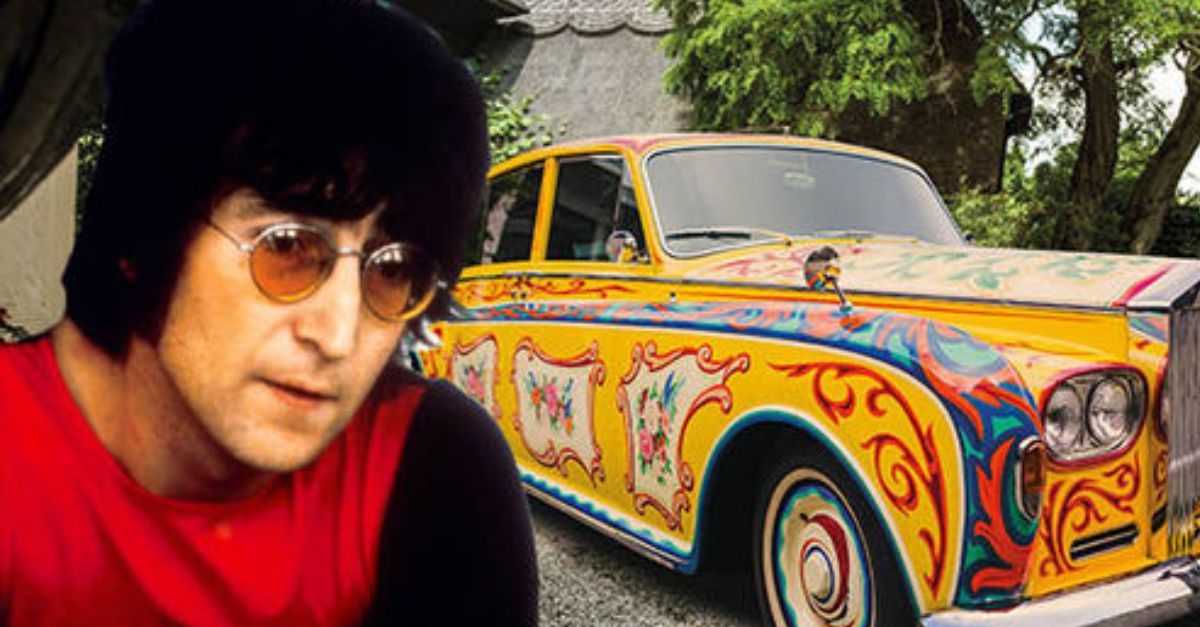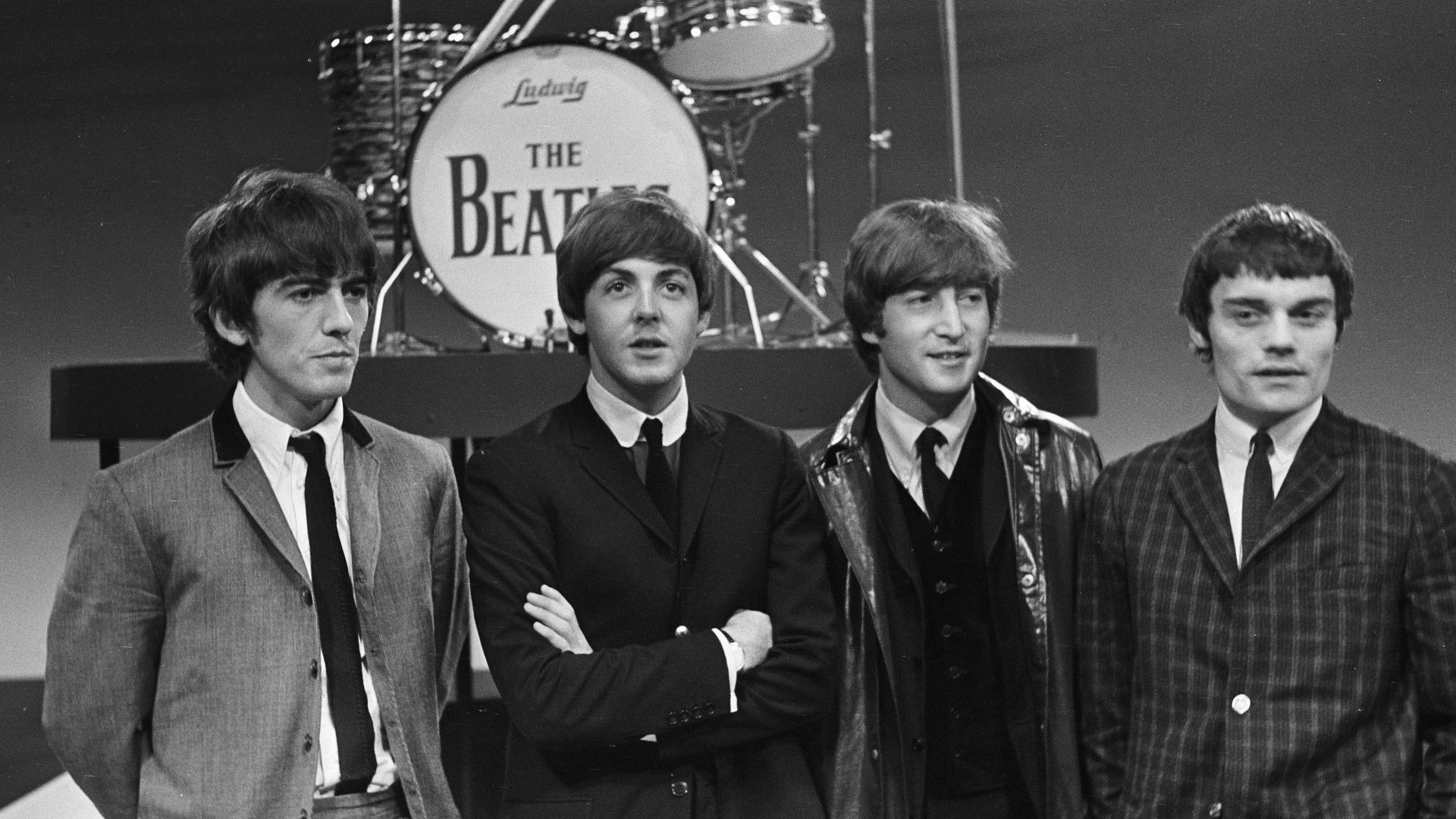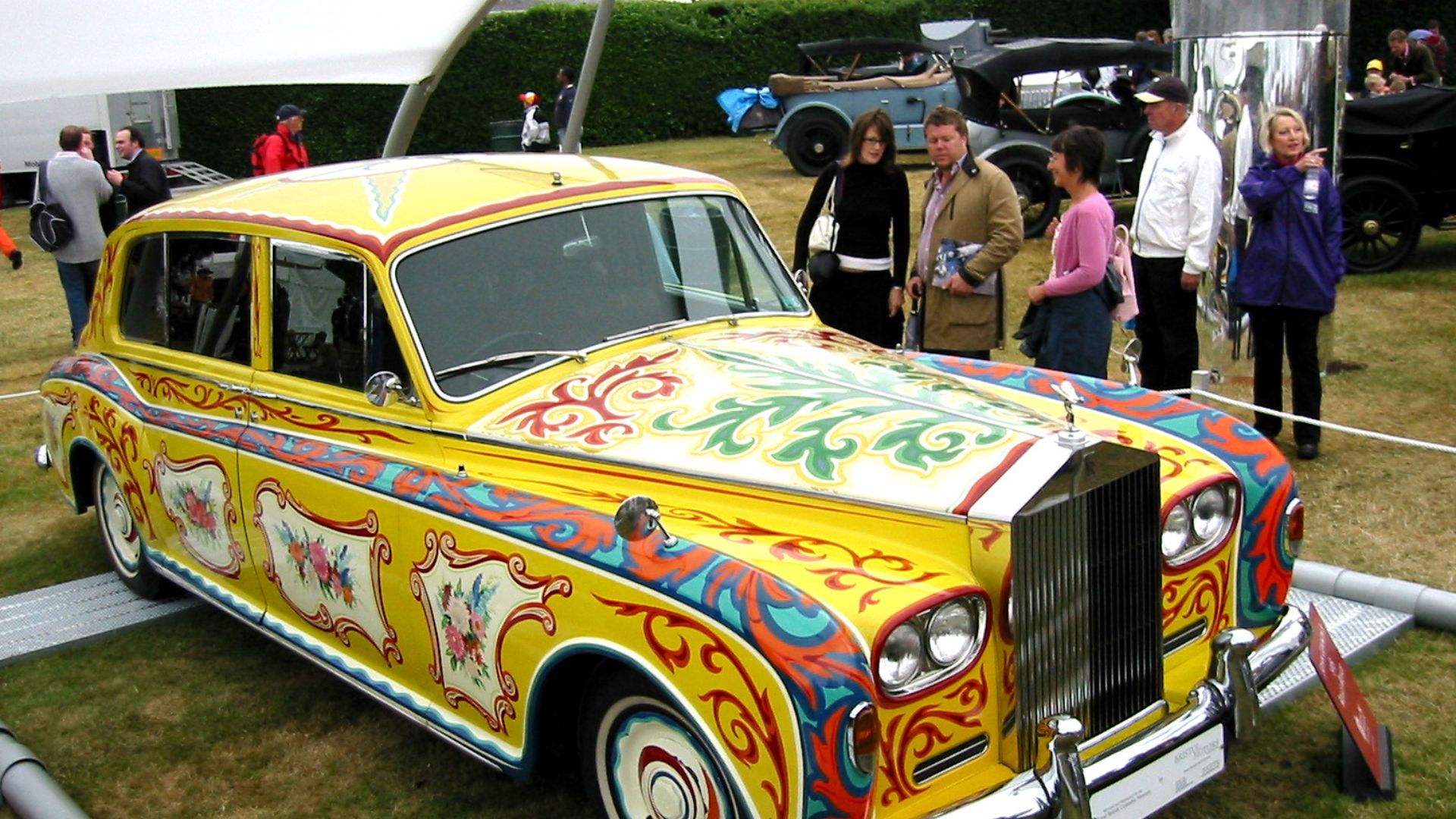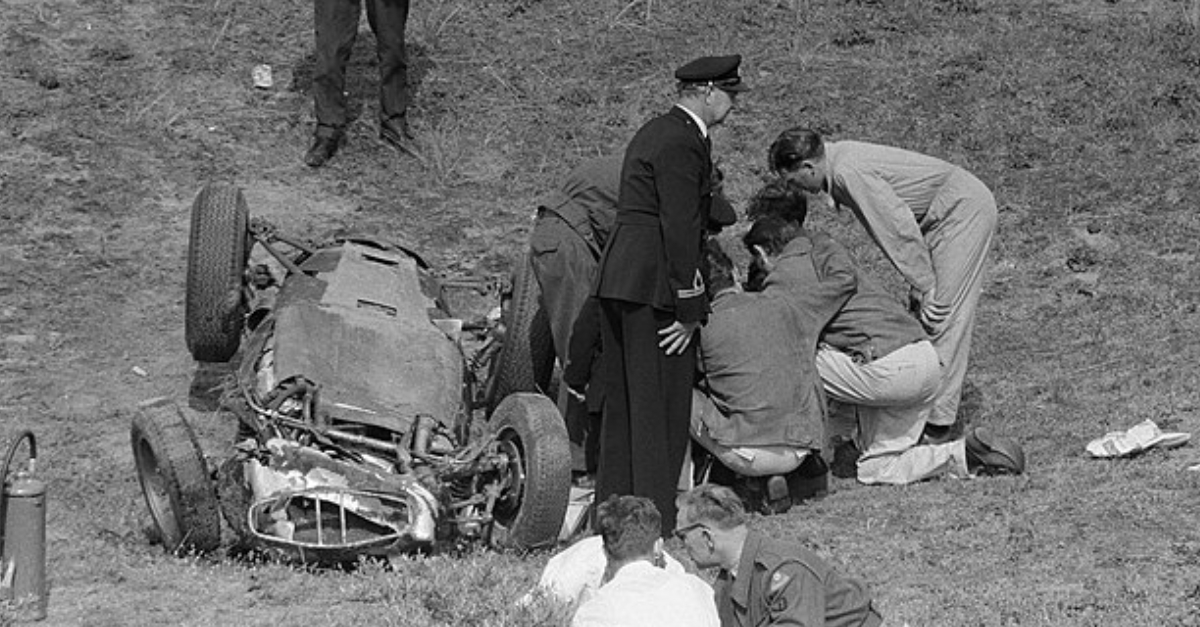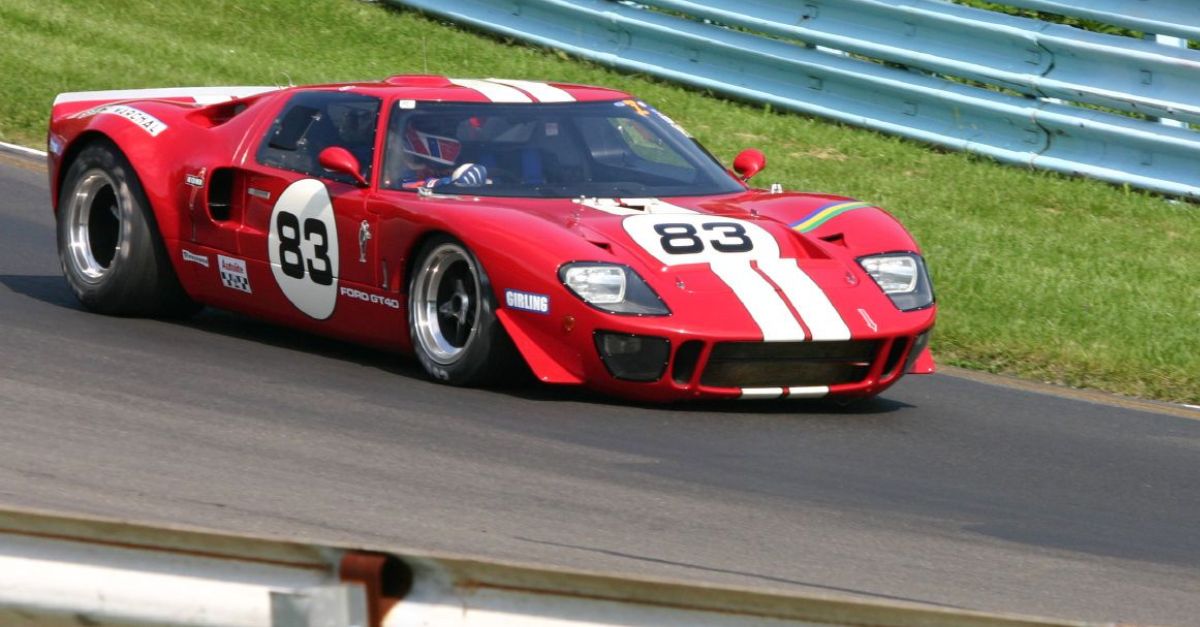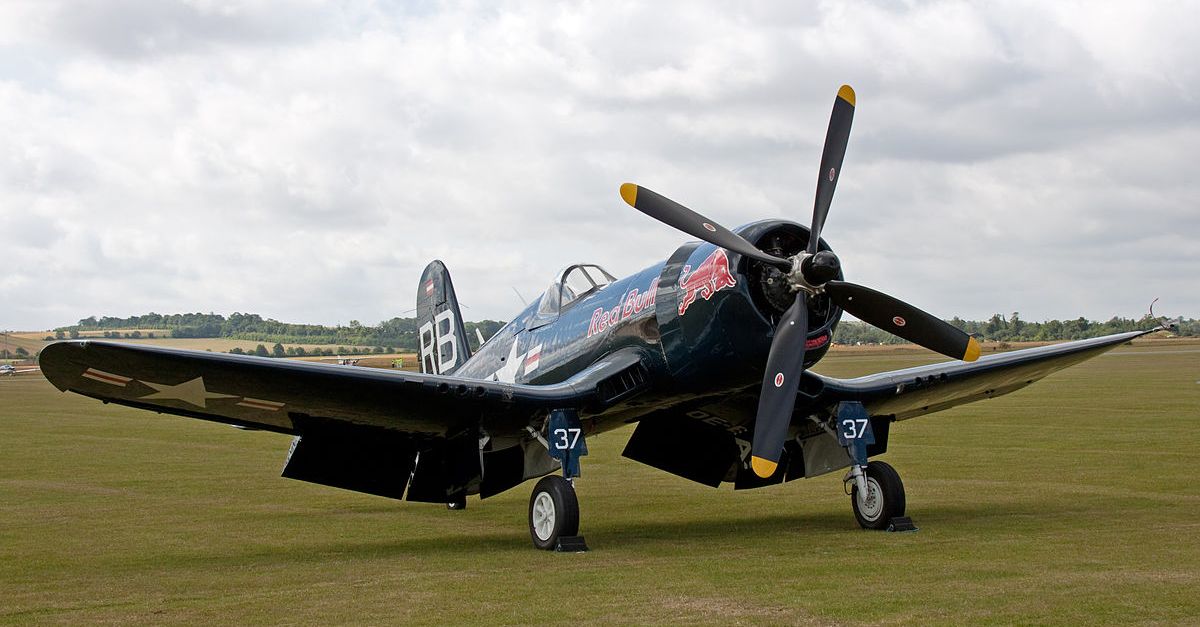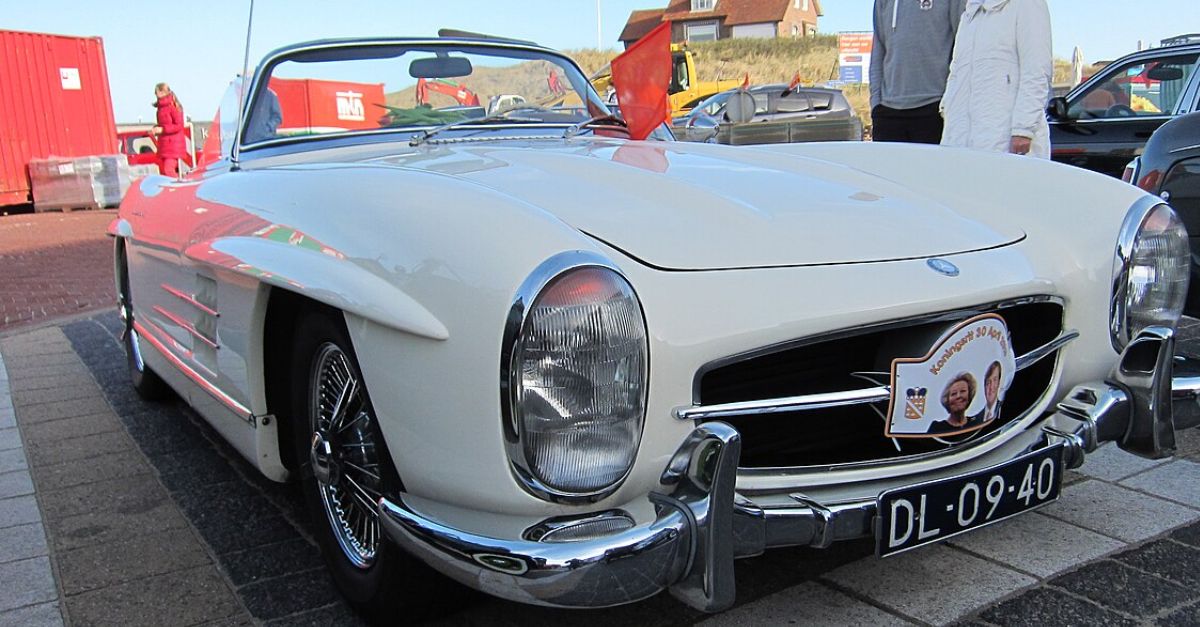A Luxury Car Became Lennon’s Loudest Statement
It was sleek and built for British elites—until one Beatle turned it into something no one saw coming. When John Lennon redesigned his Rolls-Royce, he challenged culture and tradition.
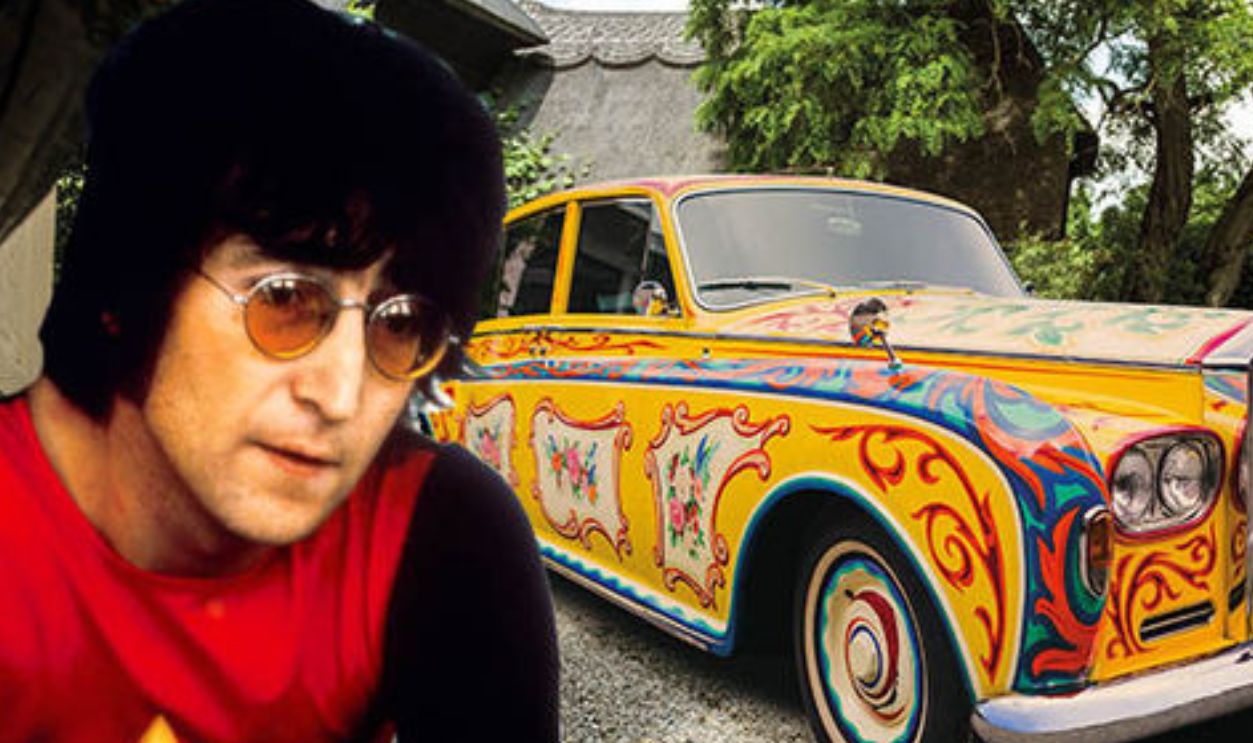 A Rock Star At His Peak And The Car That Reflected It
A Rock Star At His Peak And The Car That Reflected It
By 1966, John Lennon had become a global icon. With Beatlemania in full swing and artistic ambitions growing bolder, Lennon sought symbols that matched his popular identity. His Rolls-Royce Phantom V mystique was a mirror of his emerging countercultural mindset.
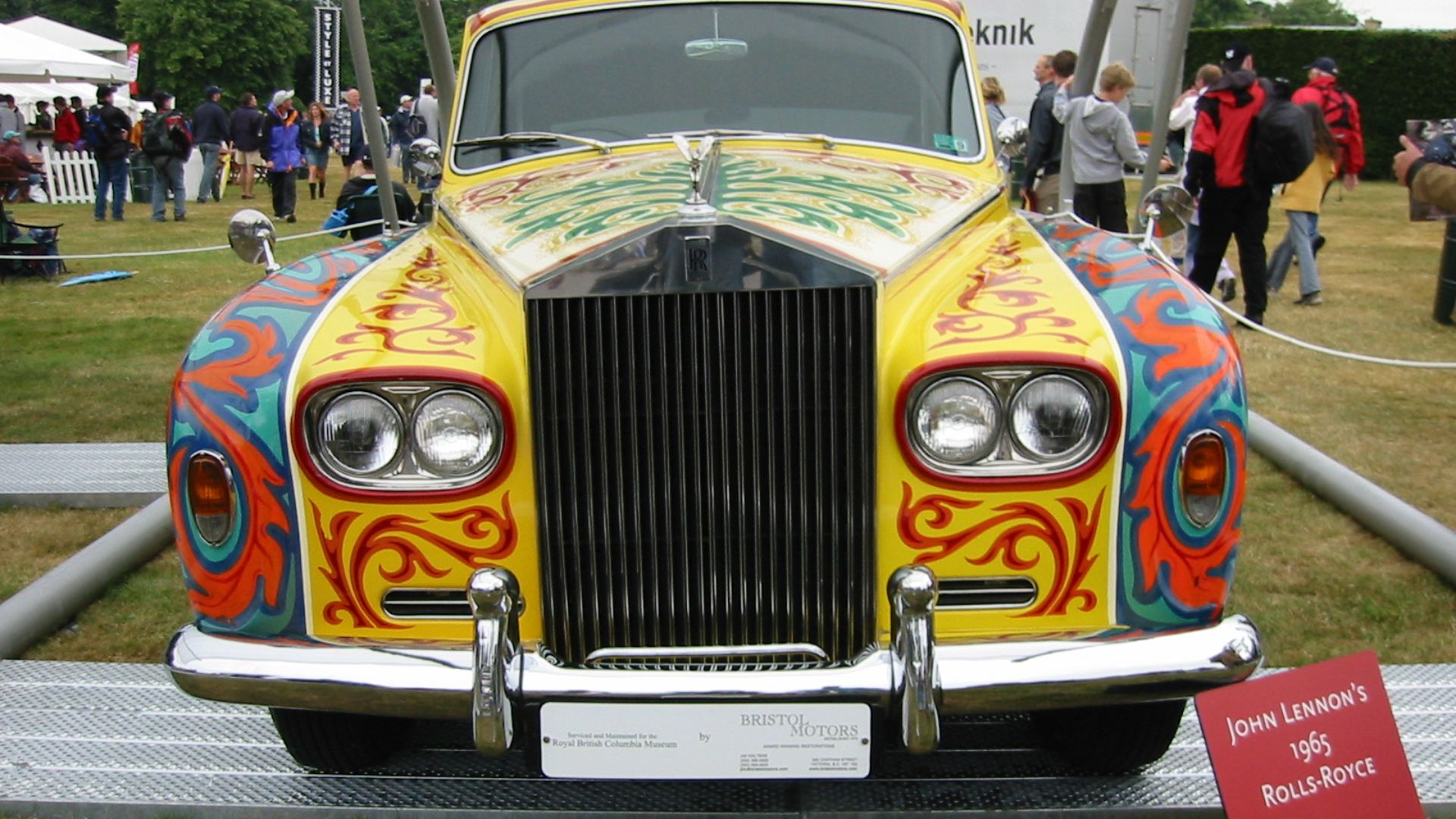 edvvc from London, UK, Wikimedia Commons
edvvc from London, UK, Wikimedia Commons
Why John Chose A Rolls-Royce, Not A Sporty Jaguar
Lennon wasn’t drawn to speed—he preferred presence. The Rolls-Royce Phantom V offered unmatched space and elegance. Rather than a flashy sports car, he wanted something imposing and dignified. The Phantom’s near-20-foot body and regal silhouette matched his desire to make an impression without saying a word.
 ROLLS ROYCE PHANTOM V, 1960 Interior and Exterior Review by Y U N G R U F F
ROLLS ROYCE PHANTOM V, 1960 Interior and Exterior Review by Y U N G R U F F
Polished Black And Perfectly Conventional At First
When Lennon took delivery of the car in June 1965, it looked like any standard luxury sedan: sleek and understated. This was Rolls-Royce tradition—powerful, yes, but visually conservative. For nearly two years, the car remained unaltered, quietly chauffeuring Lennon to recording sessions and London hotspots without spectacle.
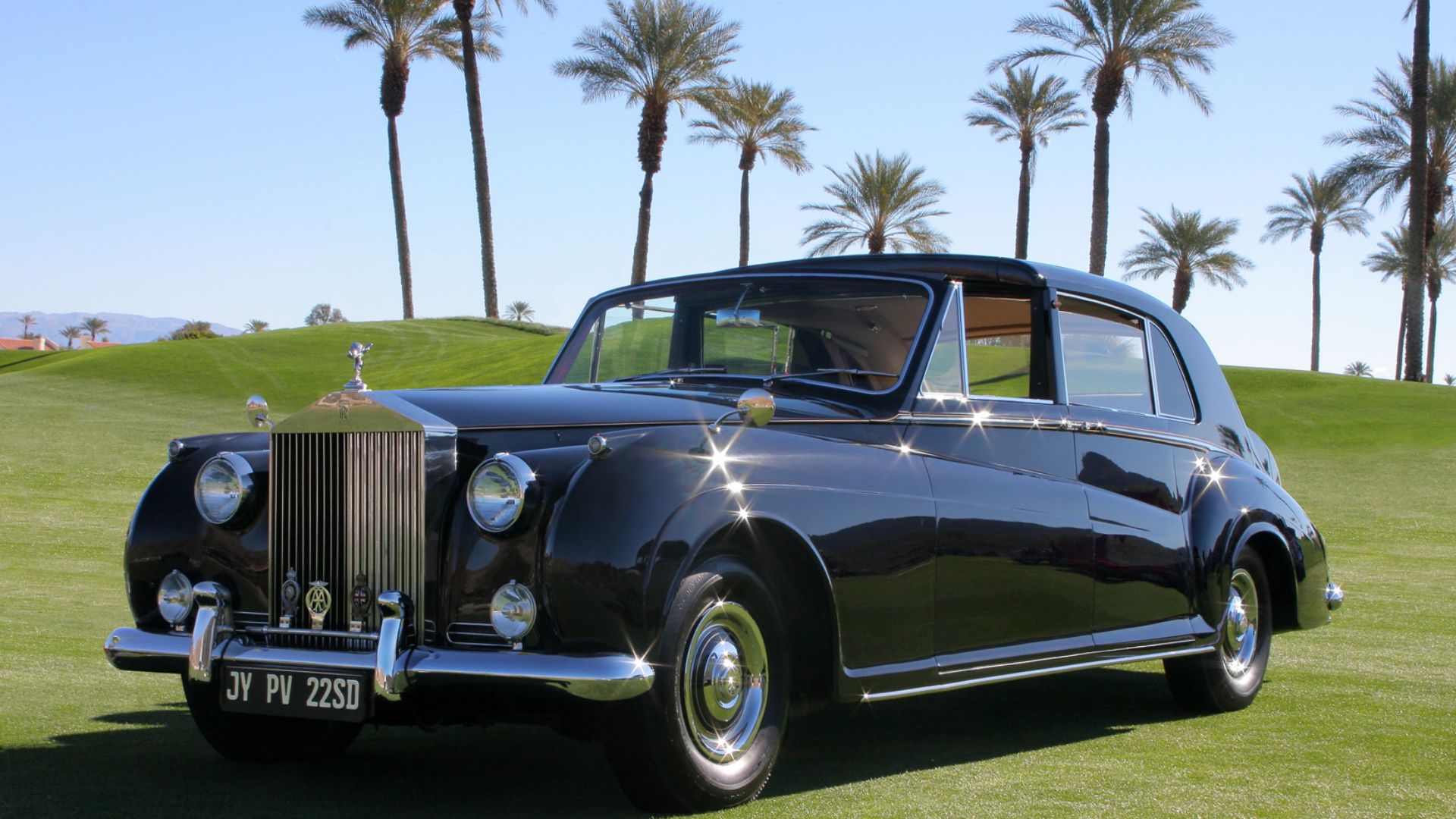 Rex Gray from Southern California, Wikimedia Commons
Rex Gray from Southern California, Wikimedia Commons
Something Was Missing
As The Beatles dove into psychedelia, Lennon's creative boundaries expanded. The car, though stately, felt disconnected from his vibrant internal world. Influenced by hallucinogenic art, Indian spirituality, and avant-garde aesthetics, Lennon began viewing the Phantom as a blank canvas and a perfect contradiction of elegance and rebellion waiting to be reimagined.
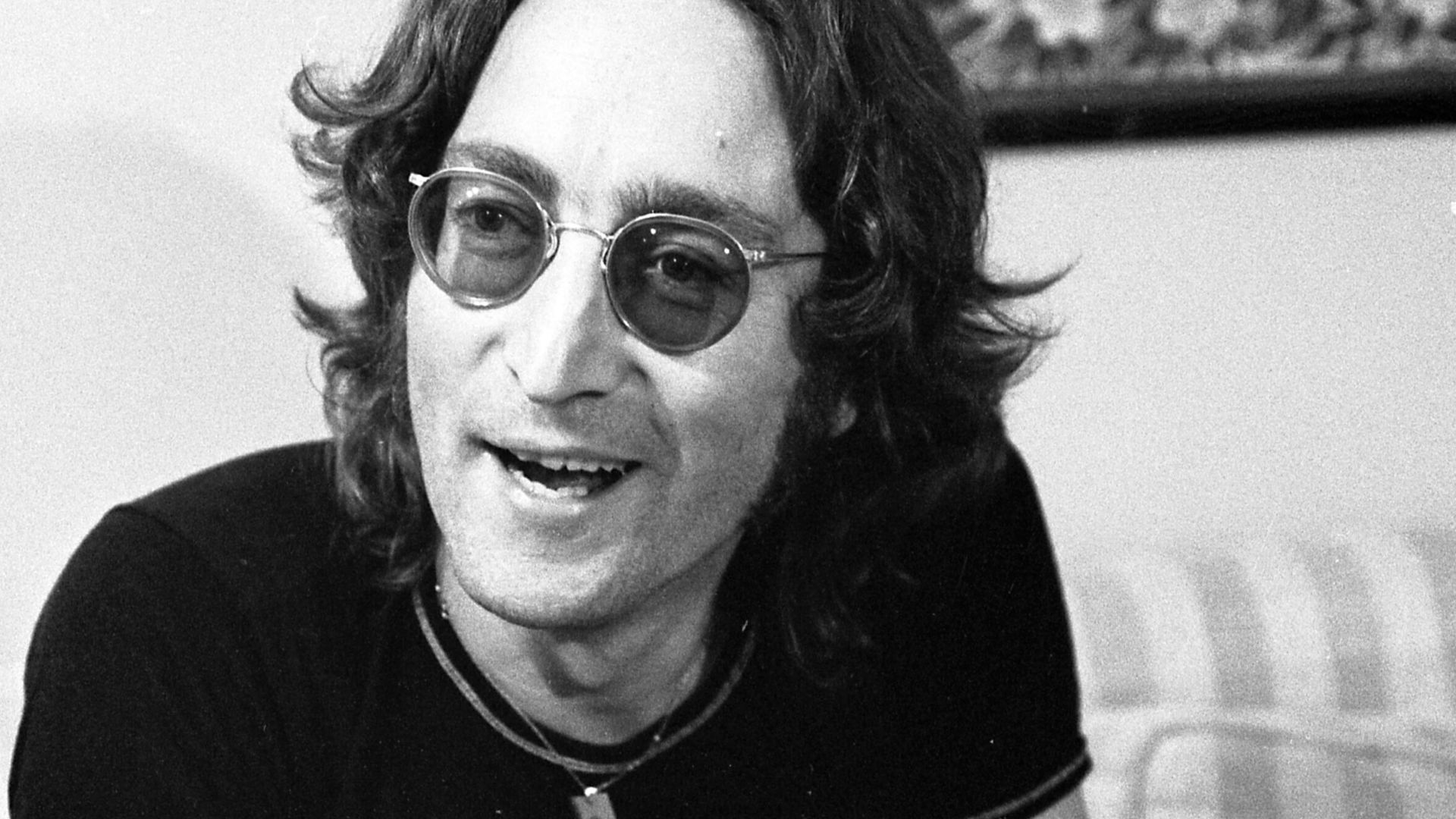 Tony Barnard, Los Angeles Times, Wikimedia Commons
Tony Barnard, Los Angeles Times, Wikimedia Commons
The Psychedelic Era Was Exploding, And So Was His Imagination
By 1967, the Summer of Love had redefined cultural norms. Lennon, immersed in transcendental meditation and surreal soundscapes, absorbed it all. From acid-drenched album covers to kaleidoscopic fashion, his imagination soared. His once-black Rolls-Royce no longer fit the moment. He envisioned a machine that would literally reflect this new consciousness.
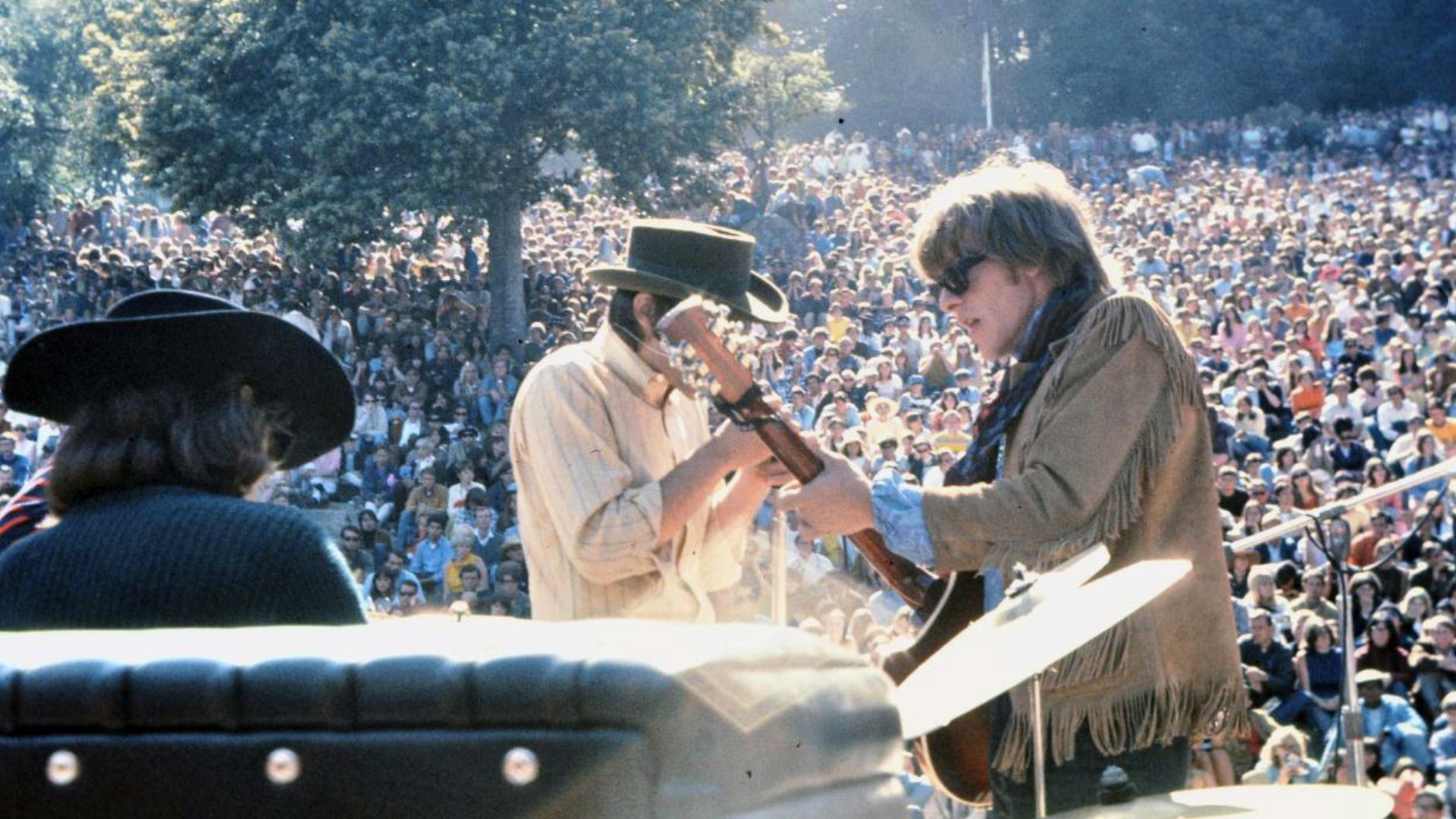 Bryan Costales ©2009 Bryan Costales, licensed CC BY-SA 3.0, Wikimedia Commons
Bryan Costales ©2009 Bryan Costales, licensed CC BY-SA 3.0, Wikimedia Commons
From Limousine To Canvas: The Idea To Transform It
Lennon didn’t simply want custom rims or leather trim. The idea was radical: turn his somber Rolls into rolling art. Inspired by Romani wagons and Sgt Pepper visuals, he commissioned a full-body paint job. The car would project his psychedelic worldview.
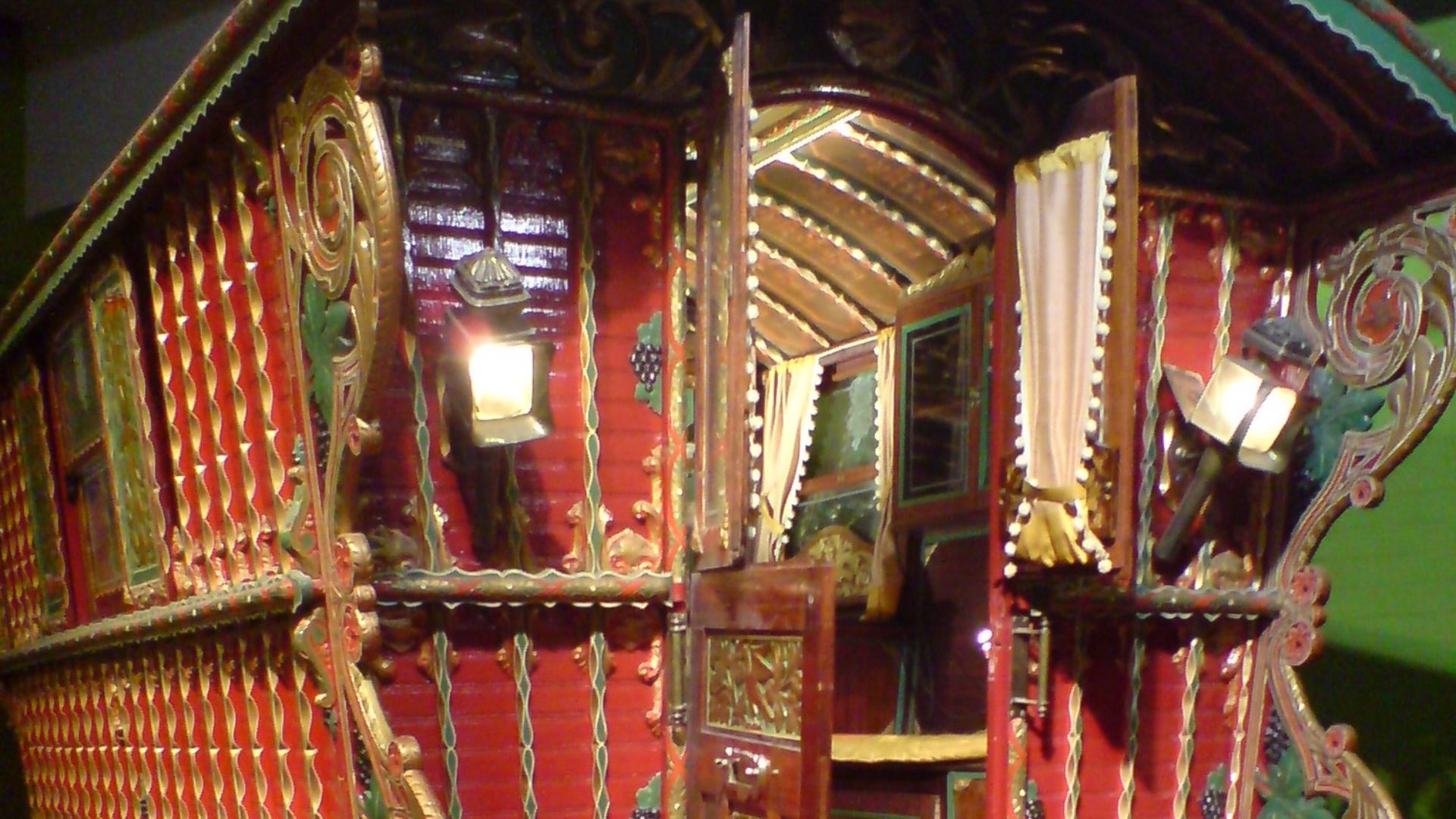 Sunset through the clouds at English Wikipedia, Wikimedia Commons
Sunset through the clouds at English Wikipedia, Wikimedia Commons
Inspired By Gypsies, Daydreams, And Eastern Designs
The vibrant swirls and floral motifs weren’t random. Lennon drew from traditional Romani “vardo” wagons, Eastern symbolism, and the spiritual colors of Indian art. These aesthetic choices reflected his growing fascination with non-Western philosophies and a desire to visually reject post-war British uniformity and monochromatic materialism.
The Painters Behind The Paint Job
J P Fallon Ltd, a coachwork firm based in Chertsey, Surrey, handled the transformation. Lennon’s concept was executed by Steve Weaver, a decorative artist known for his baroque flair. Using cellulose paint and painstaking brushwork, they completed the car in 1967, blending tradition with trippy innovation on one of Britain’s most sacred brands.
What Those Swirls And Motifs Really Meant
Every curve and burst of color held meaning. The floral panels echoed Romani folk art, while sunburst yellows and aquamarine tones reflected spiritual awakening. Lennon was externalizing an inner shift. The designs conveyed peace and self-expression by merging countercultural rebellion with timeless ornamentation.
Londoners Were Shocked, And Some Were Furious
The reaction was instant and loud. A Rolls-Royce, long associated with royalty and restraint, had been turned into a “hippie circus”. Anecdotes claim that one woman reportedly attacked it with her umbrella, though no evidence confirms this. To traditionalists, it was a desecration, but to the younger generation, it was thrilling cultural insubordination.
Art, Rebellion, Or Just Eccentricity?
Critics couldn’t decide: was Lennon’s car bold commentary or rich-man whimsy? Editorials questioned his motives, calling the design absurd or egotistical. But fans saw something different. They saw a challenge to class divisions and artistic confinement. The painted Rolls sparked public debate and turned a personal expression into a national conversation.
Snobbery In Overdrive
British tabloids fueled the frenzy. Headlines accused Lennon of vandalizing heritage, while aristocratic voices claimed he’d ruined a masterpiece. Letters to editors lamented cultural decline. The controversy was about shifting power. Lennon had taken a car that symbolized elite tradition and recoded it as rebellious art.
The Beatles Were Changing, And So Were Their Cars
The change of Lennon’s Rolls paralleled The Beatles’ own metamorphosis. No longer the mop-topped charmers of early fame, they were now artists unbound by convention. As albums like Revolver and Sgt Pepper reshaped music, their style—homes, clothes, even cars—mirrored this shift from pop sensation to cultural revolutionaries.
Lennon’s Rolls Becomes A Rolling Manifesto For Change
Lennon’s Rolls became a moving statement on freedom, identity, and creative autonomy. Driving it through London meant broadcasting anti-conformity with every mile. It stood as proof that rebellion could cruise by, painted in paisley.
It Wasn’t Just A Showpiece
Unlike many celebrity vehicles, the Rolls wasn’t just for display. He used it regularly—chauffeured to premieres and down country roads. Its 6.2-liter V8 ensured smooth travel, while its visual defiance turned every drive into performance art. Lennon was steering straight through tradition.
Was It Ever In The Film?
Despite popular belief, Lennon’s psychedelic Rolls-Royce doesn’t appear in Magical Mystery Tour. The film featured a different, painted bus, though the spirit matched. The misconception endures, likely because both represented the same era-defining fusion of color and surrealism that The Beatles were embracing in both life and performance.
 The Beatles - Magical Mystery Tour by Samuel Olartte
The Beatles - Magical Mystery Tour by Samuel Olartte
It Was Lennon’s Mobile Stage
Every public appearance in the Rolls turned heads and sparked questions. Fans and photographers treated it like an extension of Lennon himself. He was making a statement. The car blurred the line between celebrity and spectacle, functioning almost like a theatrical set on wheels.
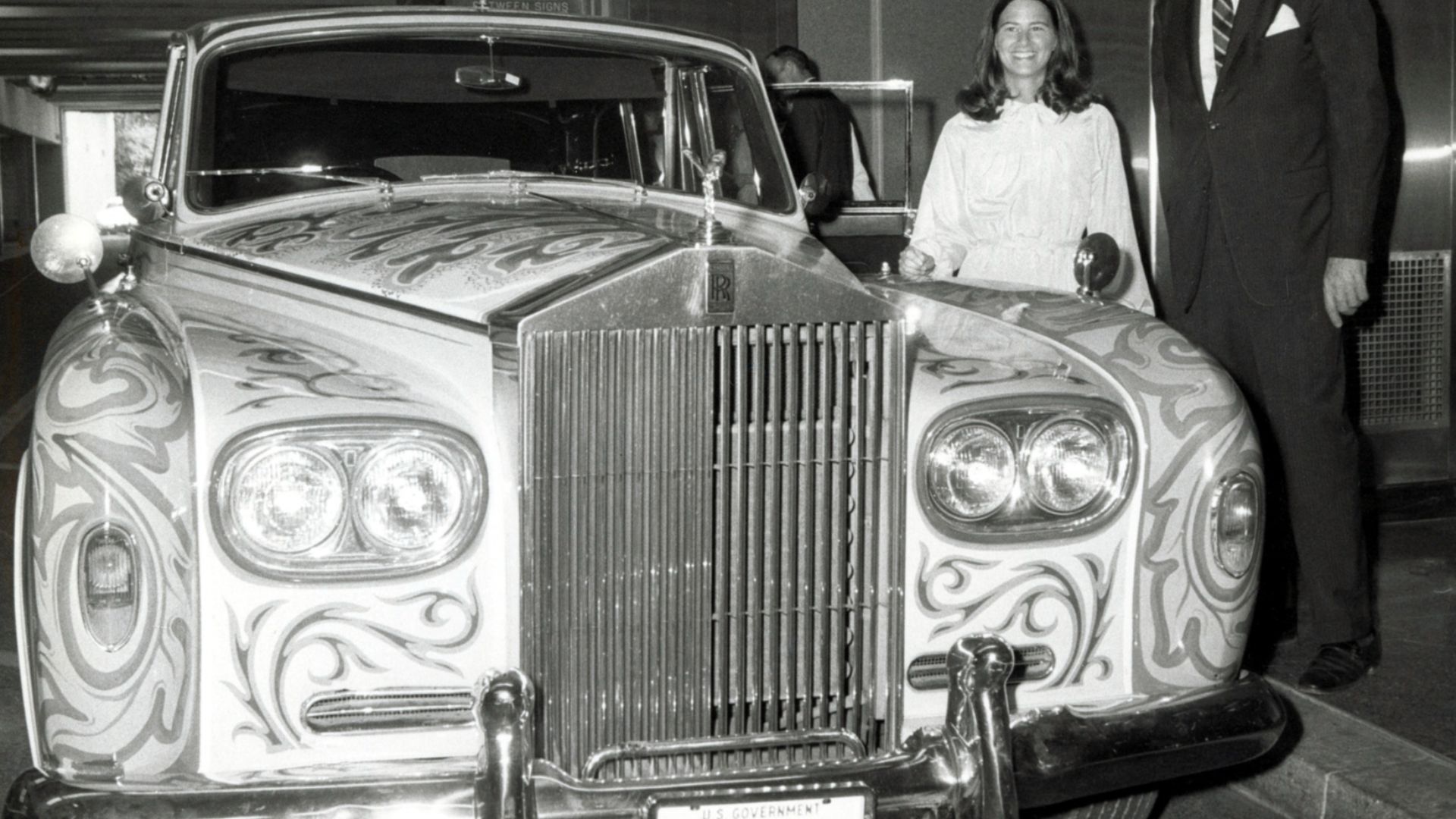 Richard K Hofmeister, Wikimedia Commons
Richard K Hofmeister, Wikimedia Commons
What The Car Meant To Him
To John Lennon, the car represented dual meanings: freedom and provocation. It likely allowed him privacy inside but spoke volumes outside. The colors mirrored his philosophical journey by rejecting uniformity and embracing self-expression. It was personal, symbolic, and reflective of the expanding spiritual and artistic direction of his post-touring life.
Why He Let It Go And The Quiet Goodbye
In 1977, Lennon quietly donated the car to the Cooper-Hewitt Museum in New York. By then, his priorities had shifted with fatherhood and distance from the spotlight. No grand announcement accompanied the move. The gesture marked the end of an era and closed the chapter on his most flamboyant possession.
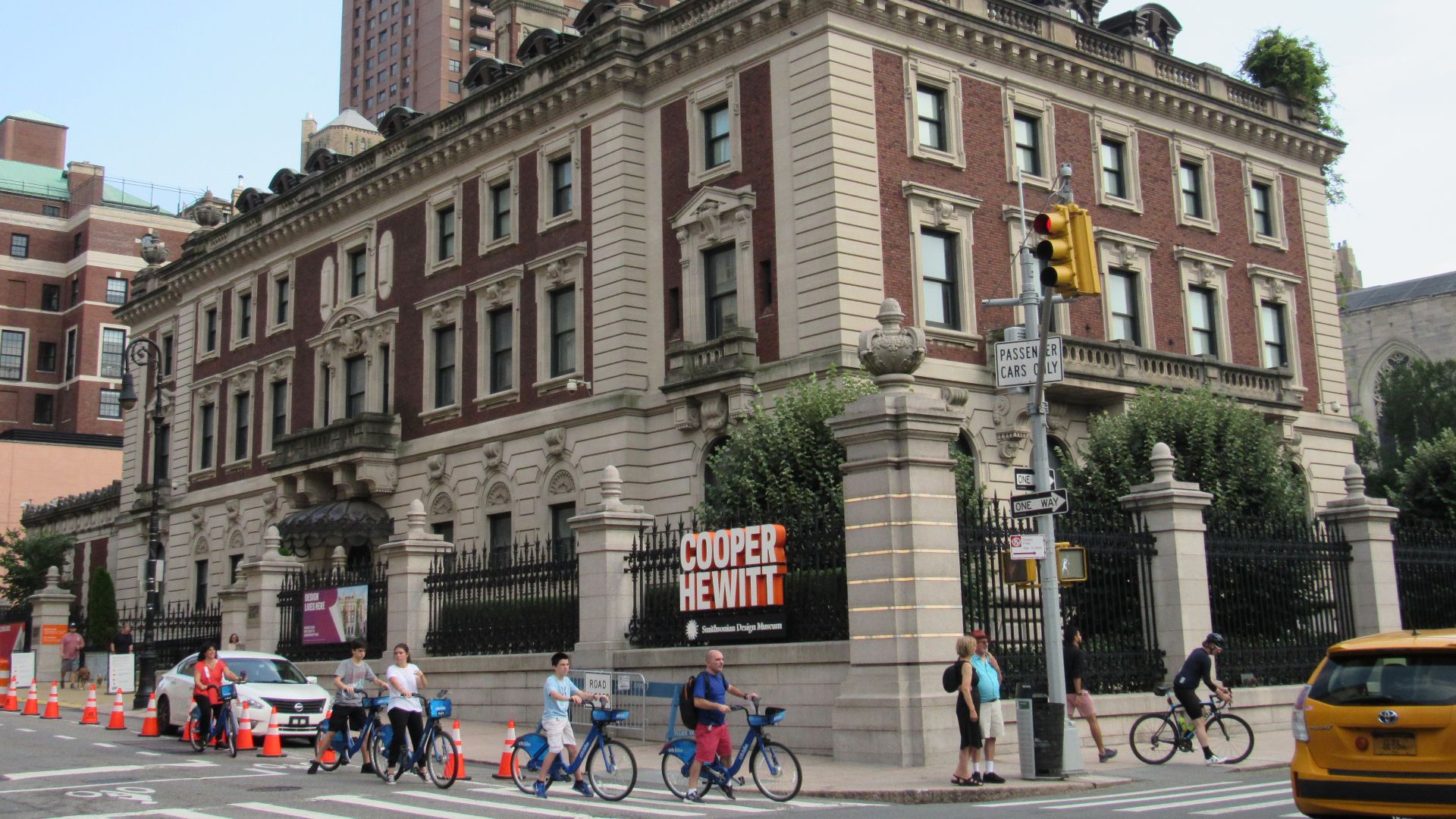 Eden, Janine and Jim from New York City, Wikimedia Commons
Eden, Janine and Jim from New York City, Wikimedia Commons
A Gift To Canada
Eventually, the car was transferred to Canada, where it was loaned—and later donated—to the Royal British Columbia Museum. Its arrival fascinated Canadians. More than a display, it was a cultural artifact that bridged music and automotive history. Lennon’s personal symbol became an international treasure with a second public purpose.
 Lennon's Rolls at the Royal BC Museum, early 2011.wmv by Royal BC Museum
Lennon's Rolls at the Royal BC Museum, early 2011.wmv by Royal BC Museum
Its New Home
Currently at the Royal BC Museum in Victoria, the Rolls-Royce is preserved behind glass, still vivid and defiant. Visitors witness a moment in cultural history. The museum treats it not as celebrity memorabilia but as a striking artifact of 1960s artistic and social upheaval.
 Michal Klajban, Wikimedia Commons
Michal Klajban, Wikimedia Commons
Faded Paint And Fresh Restorations Over The Years
Time took its toll on the car’s ornate exterior. Restorers carefully revived its hand-painted details using historical records and period-accurate methods. The goal was preservation, not reinvention, by maintaining its original spirit while preventing further decay. Restoration ensured Lennon’s vision remained intact for future generations to study and admire.
Still Turning Heads: When And Where It Reappears
Though mostly stationary now, the Rolls has made rare appearances at international exhibitions. Each move draws global attention and reminds audiences of its legacy with The Beatles. Wherever it goes, cameras follow, and curiosity reignites. The car’s charisma remains undiminished as proof that its power as a cultural symbol still resonates long after Lennon’s final drive.
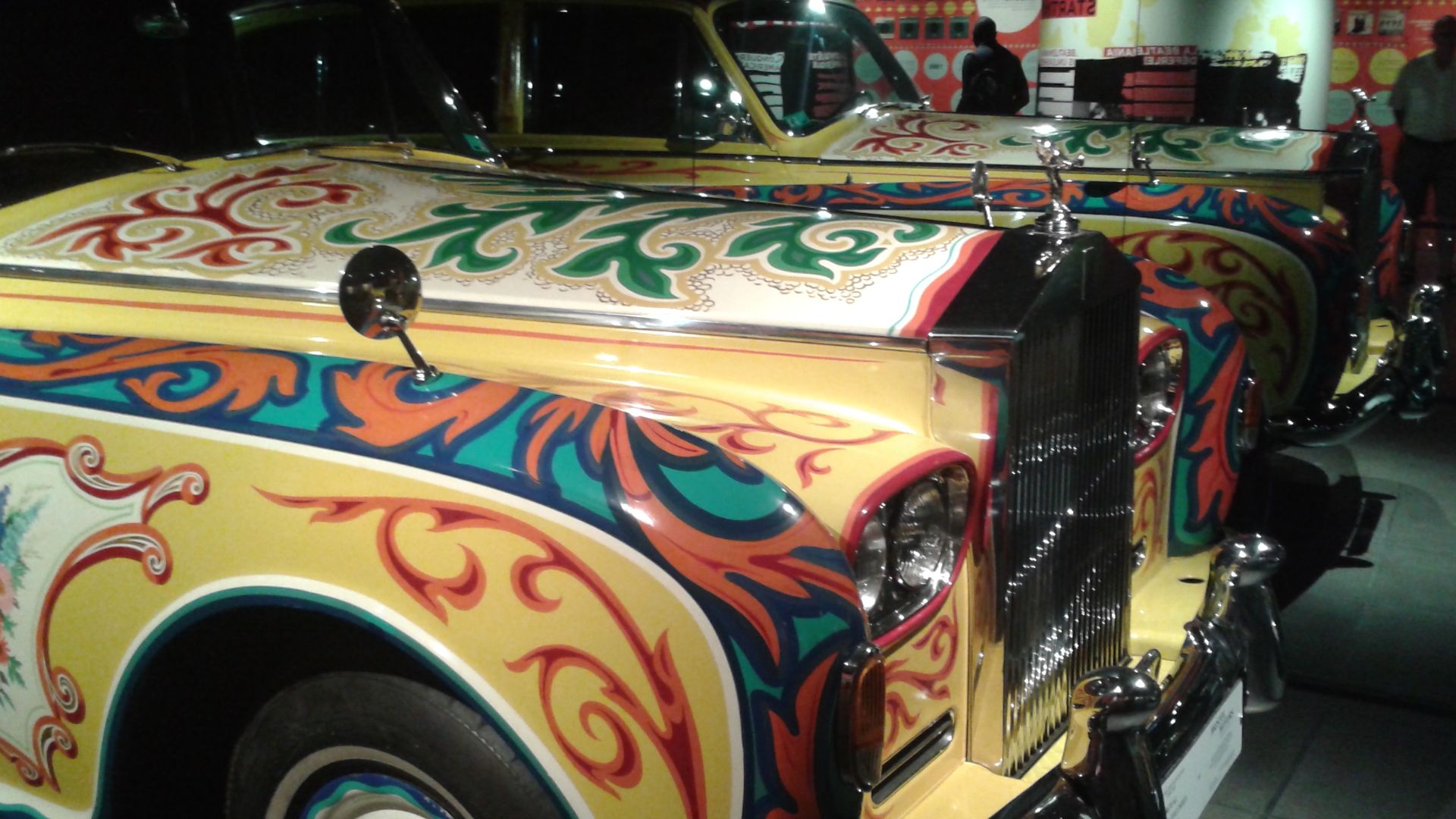 Patrick Grace from Montreal, Canada, Wikimedia Commons
Patrick Grace from Montreal, Canada, Wikimedia Commons
Decades Later, It’s Still A Symbol Of Creative Defiance
Few vehicles transcend utility. Lennon’s Rolls became a protest against conformity and a celebration of individuality. It was designed to question and inspire. Decades later, it stands not just as artwork or artifact but as an enduring example of imagination in full throttle.
Colorful Legacy
Beyond its vibrant surface lies a deeper message: that personal expression can reshape tradition. Lennon’s Rolls wasn’t about rebellion for rebellion’s sake. It was about freedom and belief in change. In a world of gray sedans, it reminds us that sometimes, meaning arrives painted in yellow, turquoise, and fire-red.

